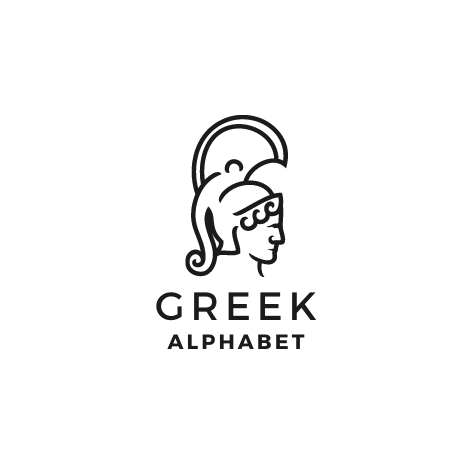Embark on an explorative journey with Tau, the 19th letter of the Greek alphabet, as we trace its origins from the Phoenician script to its pivotal role in contemporary science, technology, and culture. Discover Tau’s evolution, cultural significance, and enduring impact through the ages.
Historical Origins and Evolution 🏺
From Phoenician Script to Greek Adoption
- Origins: Discuss Tau’s roots in the Phoenician alphabet, highlighting its transition into the Greek alphabet, including the adaptation of its form and sound.
- Phonetic Shifts: Chart the changes in Tau’s pronunciation from ancient Greek to its modern usage, noting the consistency of its [t] sound across centuries.
- Visual Evolution: Provide a visual guide to Tau’s stylistic evolution, showcasing its representation in various historical periods.
Tau in Ancient Greek Culture 📚
- Numerical Value: Explore Tau’s role as the number 300 in the Greek numeral system and its significance in ancient numerology.
- Cultural and Symbolic Significance: Delve into the symbolic meanings of Tau in Greek mythology, literature, and philosophy, examining its influence on ancient Greek society and thought.
Modern Era Applications 🔬💻
Scientific and Mathematical Significance
- Physics: Discuss Tau’s application in physics, including its use in representing the tau lepton and other particles.
- Mathematics: Highlight the role of the Tau function in number theory and the proposed use of tau (τ = 2π) to simplify mathematical expressions.
Technological Impact
- Software Development: Examine Tau’s relevance in programming and digital encoding, focusing on its use in algorithms, data analysis, and computational models.
Popular Culture and Symbolism 🎥📱
- Media Representation: Investigate Tau’s symbolism in contemporary media, exploring its use in films, literature, and social media to represent various themes or concepts.
Practical Knowledge ✍️🗣️
- Writing and Pronunciation Guides: Offer comprehensive instructions on writing and pronouncing Tau, including exercises for practice.
- Usage Examples: Provide examples of Tau in modern Greek language and scientific terminology, showcasing its continued relevance.
Tau’s Enduring Legacy 🌌
- Reflective Conclusion: Summarize Tau’s journey from an ancient alphabetic character to a symbol of significance in various fields of modern science and culture. Highlight its ongoing influence and the timeless legacy of the Greek alphabet.
Frequently Asked Questions
| Question | Answer |
|---|---|
| What is the Tau alphabet? | The Tau alphabet is the Greek alphabet’s nineteenth letter, represented by the symbol “Τ” or “τ”. |
| How did the Tau alphabet originate? | The Tau letter traces its roots back to the ancient Phoenician alphabet, evolving over centuries. |
| What is the phonetic value of the Tau letter? | The Tau letter typically represents the “t” sound in both ancient and modern Greek pronunciation. |
| What significance does the Tau letter hold in math? | In mathematics, Tau is celebrated as the symbol for the mathematical constant Tau (τ), equal to 2π. |
| Can you provide examples of words with the Tau letter? | Certainly! Examples include “Τρόπος” (tropos – meaning way or manner) and “Ταυτότητα” (tautotita – identity). |
| How is the Tau letter used in scientific terms? | In scientific terms, Tau often appears in physics and engineering contexts, denoting torque and stress. |
| Is there any symbolism associated with the Tau letter? | Yes, Tau has been adopted as a symbol in various contexts, representing life, resurrection, and the symbol of the cross in Christianity. |
| How do I pronounce the Tau letter correctly? | The Tau letter is pronounced as “t” in English, similar to the sound made when saying “taco” or “table”. |
| Can the Tau letter be used in digital encoding? | Absolutely! The Tau letter has its Unicode representation, making it compatible with digital encoding systems. |

